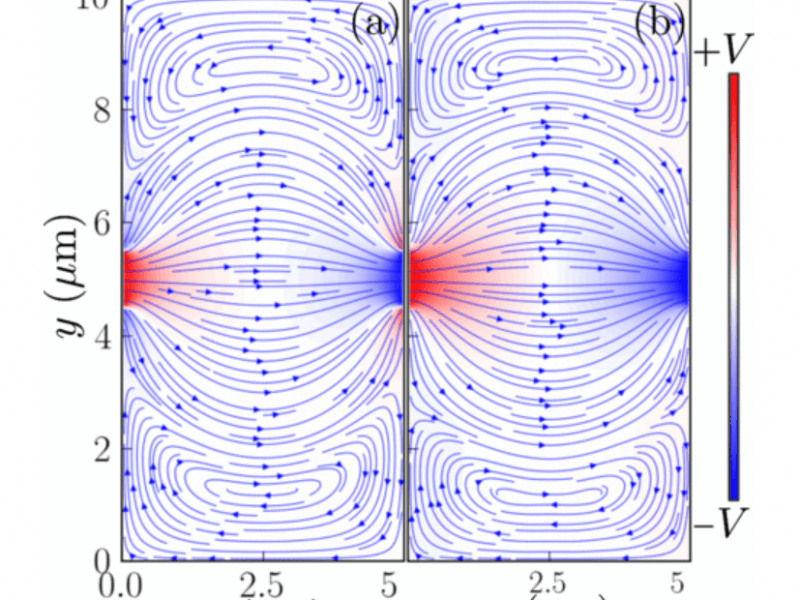Apr 26 2019
By exploring how electrons in 2D graphene can virtually act like a liquid, scientists have made it possible for more research into a material that has the potential to facilitate future electronic computing devices that outperform silicon transistors.
 (Image credit: RPI)
(Image credit: RPI)
Research into a new technique to more accurately show liquid-like electron behavior in graphene, created by Rensselaer scientist Ravishankar Sundararaman and a team from Quazar Technologies in India led by Mani Chandra, was recently published in Physical Review B.
Graphene is a single atomic layer of graphite that has garnered much attention owing to its unique electronic properties. Recently, Sundararaman said, researchers have suggested that under the right circumstances, electrons in graphene can flow like a liquid in a manner never seen before in any other material.
To explain this, Sundararaman likens electrons to droplets of water. When merely a few droplets line the jar’s bottom, their movement is foreseeable as they trail the motion of the container when it is tilted side to side. That is the same way electrons act in most materials as they come in contact with atoms and recoil off them. This leads to Ohm’s law, the observation that the electric current flowing via a material is relative to the voltage applied over it. When the voltage is removed, the current stops.
Now visualize a glass that’s half-full of water. The liquid movement particularly when the jar is shaken is much less uniform as the water molecules typically come in contact with each other rather than the jar’s walls, allowing the water to slosh and spin. Even if the movement of the glass is stopped, the movement of the water continues. Sundararaman likens this to how electrons continue to flow in graphene, even after the voltage has halted.
Scientists were aware electrons in graphene had the potential to react this way, but performing experiments to create the essential settings for this behavior is hard. Earlier, Sundararaman said, researchers applied voltage to a material and observed for negative resistance, but it was not a very sensitive technique.
The calculations Sundararaman and his team put forth in this recent work reveal that by oscillating the voltage — imitating the shaking motion in the jar instance — scientists can more accurately detect and measure the vortexes formed and the hydrodynamic behavior of the electrons.
You can get really weird and useful electronic properties out of this. Because it’s flowing like a liquid, it has the potential to keep its momentum and keep going. You could have conduction with much less energy loss, which is extremely useful for making low-power devices really fast.
Ravishankar Sundararaman, Assistant Professor of Materials Science and Engineering, Rensselaer.
Sundararaman is clear that a lot more research has to be carried out before a device like that could be made and applied to electronics. But the technique this paper illustrates, including the measurements scientists say must be taken, will enable more exact observation of this hydrodynamic flow of electrons in graphene and other potential materials.